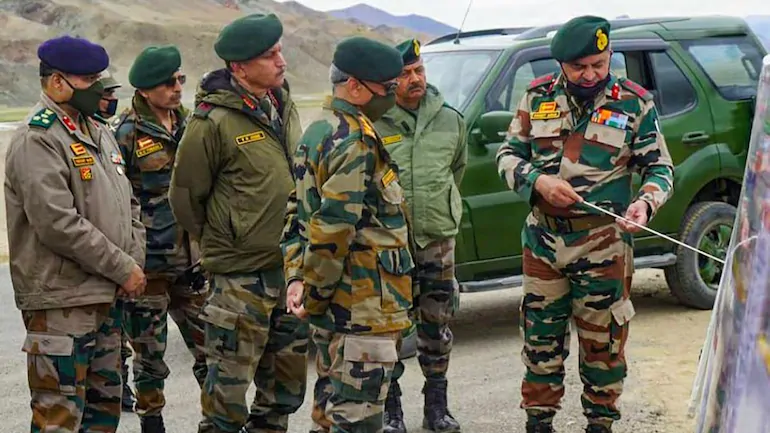
SOURCE: INDIA TODAY
As the military standoff in Ladakh enters its sixth month, it has come to light that the Indian armed forces have been compelled to rapidly plug a series of critical vulnerabilities and disadvantages in Ladakh flagged up in an intelligence assessment submitted to the Ministry of Defence and Prime Minister’s Office in September.
The report was submitted weeks after the Indian Army mounted a series of pre-emptive actions north and south of the Pangong Lake to thwart hostile Chinese actions.
The report, compiled by the intelligence agencies, observed that at the ground level in Ladakh, operational and tactical preparations were inadequate, and recommended a series of urgent measures to end vulnerabilities to soldiers deployed at the high altitude posts taken over by them since late August.
India Today can confirm that actions taken since the submission of the report have ensured that the identified vulnerabilities have been addressed in more than full measure. However, the fact that the vulnerabilities were not anticipated even four months into the standoff has been underscored by the intelligence agencies as a cause for concern and future action in a highly dynamic and unprecedented border standoff.
Listing a series of disadvantages found to have been faced by Indian soldiers in certain posts — as compared to Chinese PLA troops in nearby posts — the intelligence report says the discrepancies were ‘temporary but critical’. While India Today is not privy to the specifics of the report, top sources said they broadly pertain to habitat and soldier sustainability at some of the high altitude posts. The call to action triggered by the intelligence report ensured that the Indian Army mobilised logistics and accelerated supply lines very rapidly.
In fact, India Today reported last month that high altitude deployment had begun to take a toll on Chinese soldiers in the Fingers area of the Pangong sector despite apparently better preparations. The fact that there have been no serious medical cases at those altitudes is likely owed to the swift corrective actions the Army logistics machinery took in the wake of the September intelligence assessment.
With the Ladakh standoff expected to stretch on indefinitely well past the current winter, the report has assumed special significance, because it now serves as a cautionary document on specific failures to anticipate and appreciate requirements on the ground, and movements of Chinese troops. The government is like to follow up the intelligence report to fix reasons and ensure there are no slippages going forward. Planning and execution ahead of the August height domination actions could come under the scanner too, though with the intent to ensure future operations run with a smoother logistics tail from the very start.
It must be said that the view within the security establishment is that the intelligence report while flagging serious vulnerabilities in a live operational situation, has usefully proven that protocols for rapid intervention and corrective action are working well. The speed with which the Indian Army filled the gaps has been especially noted by the establishment.
The next round of military talks between India and China is scheduled for October 12 at Chushul-Moldo. It will be the final round of talks led by Leh Corps Commander Lt Gen Harinder Singh before he hands over charge of the corps to Lt Gen PGK Menon.






